No products in the cart.
Retired
SBC66UAL - SBC with USB Host - Retired
Availability:
Out of stock
SKU: CSC0-322Code: SBC66UAL
US$ 25.95
Out of stock
SBC66UAL Board
This product has been retired. DO NOT use for new designs. It is NO LONGER available!
The SBC66UAL is a Single Board Computer (SBC) with a USB Host and iMod ports. An example use is connecting and controlling it via an Android tablet or phone. It is a mixed 5V/3.3V board, and can be interfaced to both 5V and 3.3V components. It has 31 available ports that can be used for custom applications.
Of the 31 ports, 22 have software configurable functions. These 22 ports can be configured to be any one of a number of CPU Peripherals. Available peripherals are 4 UARTs (serial ports), 9 PWM modules (Analog outputs), 3 SPI ports, 4 External Interrupts, 9 Input Capture modules, 5 External Timer sources, and 3 Comparator Outputs.
It can be programmed with code created using the free Microchip MPLAB X IDE and XC16 C Compiler. We provide many free demo project that will help you get started quickly!
The SBC66UAL can be used as is, or as a daughter board on a larger main board. The PT66EI-24P is an example of a board that takes the SBC66UAL as a daughter board. When used as a daughter board, it can supply the main board with 5V and 3.3V power.
Details
It is assembled with the PIC24FJ128GB106 microcontroller, which has 128KBytes FLASH and 16KBytes SRAM. Additionally this board has 32MBit (4MByte) external FLASH and 64KBit external EEPROM.
The PIC24F Microcontroller used has a feature called Peripheral Pin Select (PPS). With this feature, peripherals on the CPU can be routed to any one of the "Peripheral" I/O port pins. Available peripherals are 4 UARTs (serial ports), 9 PWM modules (Analog outputs), 3 SPI ports, 4 external interrupts, 9 input capture, 5 external timer sources, and 3 comparator outputs. For example, the 4 UARTs can be routed to the I/O pins of the daughter board connector. A possible application for this could be a board with four RS-232 or RS-485 ports (SBC66UAL used as a plug in daughter board).
The SBC66UAL must be powered with a regulated 5V supply, which gets converted to 3.3V via an on board linear regulator. It is a mixed 3.3/5.0V board, making it easy to interface with both 3.3V and 5.0V devices. All chips on the board are 3.3V, but most of the microcontroller's I/O pins are 5.0V tolerant, allowing it to interface with 5.0V devices. Eight ports can also be configured to have 5V digital outputs. This double power supply scheme, with linear regulator for 3.3V, ensures the CPU and analog supply is clean and has low noise. For example, when connecting noisy components (like relays) to the 5V line, the CPU and analog circuitry will still run of the filtered 3.3V supply.
The board can be powered via a 2.1mm power connector, or the Daughter Board Connector. The 3.3V regulator on the SBC66UAL has a current rating much higher than is required. This enables custom circuitry used with this board to get power via the daughter board connector.
This board is assembled with very high quality, brand name components! Our goal is for this board to work error free for many years. For this reason, we do not use cheap components, or stress components to the limit of their capability! The quality of assembly, and reliability of components used sets this board apart from similar competitor products!
Software
It works with the Microchip Application Library that includes many examples for using USB Host boards, like:
- Monitoring and Controlling inputs and outputs on SBC board via Android tablet/phone
- Android Audio Device with controls Demo (audio device with HID controls for next, previous, play/pause, and volume control. Uses any audio source on the target tablet/phone to generate the audio)
- Audio MIDI Demo
- Boot Loader - Thumb Driver Boot loader
- CDC Serial Demo
- Simple Charger
- Composite - MSD + CDC
- Composite - HID + CDC
- HID - Keyboard Demo
- HID Mouse Demo
- Mass Storage (MSD) Demo
- Mass Storage - Thumb Drive Data Logger
- Generic Driver Demo
- Printer Demos
- Printer Point of Sale (POS) Demo
Features
- Microchip PIC24FJ128GB106 Microcontroller
- USB Host port via standard USB Type A connector.
- 128KBytes internal FLASH memory for program and constant data
- 16KBytes Bytes of internal SRAM
- 16 MIPs Microcontroller execution speed
- External 32MBit (4Mbytes) SPI FLASH
- External 8Kbyte SPI EEPROM
- 4 UARTs (RS-232, RS-485, LIN Bus...), that can be routed (via Microchip's Peripheral Pin Select feature) to any of 18 user I/O Ports
- 3 SPI Ports, that can be routed (via Microchip's Peripheral Pin Select feature) to any of 18 user I/O Ports
- 9 PWM Modules, that can be routed (via Microchip's Peripheral Pin Select feature) to any of 18 user I/O Ports
- 3 I2C ports
- 31 Digital 3.3V User I/O ports, of which 8 have on board 5V pull-up resistors to allow them to be used with 5V logic
- 11 of the I/O ports can be configured as 10-bit Analog Inputs (0 to 3.3V).
- 2.5V high precision external voltage reference for ADC converter
- Very High quality assembly, with brand name, quality components. No cheap, “no name brand” components are used!
- 3.3V Linear Regulator (Texas Instruments, ST or ON Semiconductors brand), with very high quality, brand name capacitors!
- Can be powered via Daughter Board Connector.
- Filtered analog supply to CPU for accurate analog measurements
- Daughter board connector with 20 pins for adding prototype, I/O or user expansion boards
- Micro Match connector for connecting a serial I2C device (5V or 3.3V configurable), like the LCD2S serial LCD display with keypad decoder.
- Green System LED
- Pin header with jumper that can be mounted in 3 positions: Park, "C" or "F". Software can determine what position jumper is in, and for example use "C" position to restore default configuration, and "F" position to update firmware via bootloader.
- 2.1mm power connector for standard 5.0V DC power supply, like our ..
- Very low supply current of about 25mA at 24V, or 50mA at 12V.
- Has an ICSP (In Circuit Serial Programming) connector for programming.
- Free fully functional C Compiler available from www.microchip.com
- Wide operating temperature of -40 to 85°C.
- RoHS Compliant, Lead Free
Expansion
The SBC66UAL board can be expanded in a many different ways to add additional functionality.
Daughter Boards
The two 2x10 Pin Female connectors (standard 2.54mm pitch) can be used to add a daughter board. Currently the following daughter boards are available.
List of Daughter Boards for SBC66: sbc66-dbs
List of board SBC66 can be used on as a Daughter Board: sbc66-as-db
- PT66ECI - Prototype board with 1 iMod port and prototyping space
- PT66EI-10P - Prototype board with 2 iMod ports, two 5 pin terminal block connectors, 3 LEDs and prototyping space
- PT66EI-24P - Prototype board with 2 iMod ports, two 12 pin terminal block connectors, 8 LEDs and prototyping space
As Daughter Board
The SBC66UAL can be mounted on a main board as a daughter board. Two 2x10 pin headers (HDR2X10-M254-575) are used on the main board to plug the SBC66UAL into. Currently the following boards can take the SBC66UAL as a daughter board.
iMod Modules
An iMod port is provided for adding an iMod module. Currently the following iMod modules can be used
LCD Display with Keypad
One of our LCD2S serial LCD displays can be added via the I2C serial port (Micro Match connector). The LCD2S serial LCD displays also have a keyboard input, and user I/Os (relays for example). The image on the right shows the SBC66UAL connected to a 16x2 Character Serial LCD Display and a 12 Button Keypad.
Enclosure
When using this board in combination with any of our PT66 prototype boards (PT66ECI, PT66EI-24P...), it can be used together with the ENC2015S-BK-NZ or ECN2015S-NZ enclosure.
Custom
The SBC66UAL is highly configurable, and can be used in many custom applications. The picture to the right shows a custom board with 4 RS-232 Ports using a SBC66 daughter board. It uses the 4 available high speed UARTs of the SBC66UAL board. Many different applications are possible using the many UARTs (RS-232, RS-485, RS-422), PWM outputs (LED Drivers, Motor control), Analog Inputs and other available peripherals.
User Manual, Schematics and Board Revision
For the user manual, including schematics, click here.
Modifying and Upgrading the Firmware
A USB bootloader will soon be added to enable firmware upgrades by inserting a USB Flash driver into the USB port. The source code for this is already available from Microchip via their Microchip Application Library. Until then, a PIC programmer (like the PICKit 3) is required to program this board. Click here for details on programming.
To get you started quickly, we provide many example programs for this board, located in the "../src/demos" folder of the Netcruzer Download. All code is written in C, and can be edited, programmed and debugged with the free MPLAB X IDE, and compiled with the free MPLAB XC16 C Compiler. For information on modifying projects click here.
Package Includes
1 x Item as described above
| Weight | 50 g |
|---|
Based on 0 reviews
Be the first to review “SBC66UAL - SBC with USB Host - Retired”
You must be logged in to post a review.
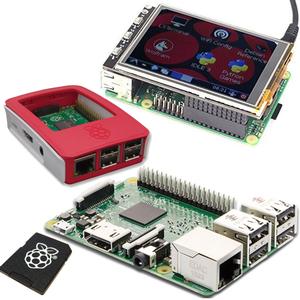

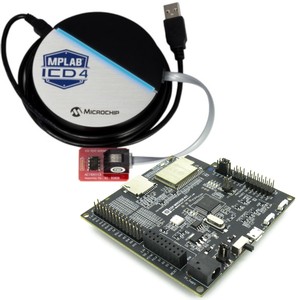
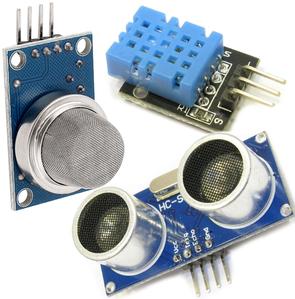
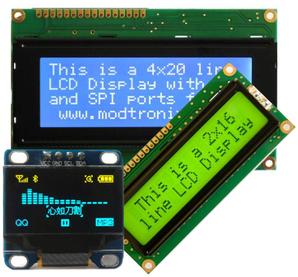
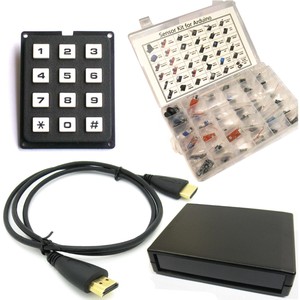
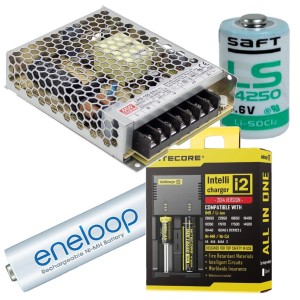
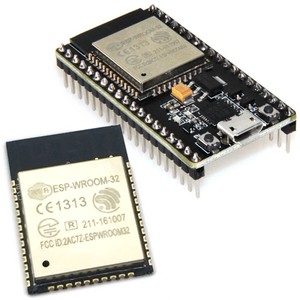




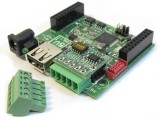

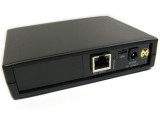

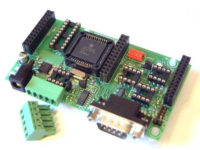
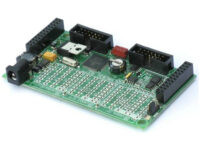
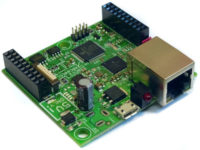
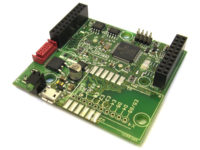
There are no reviews yet.